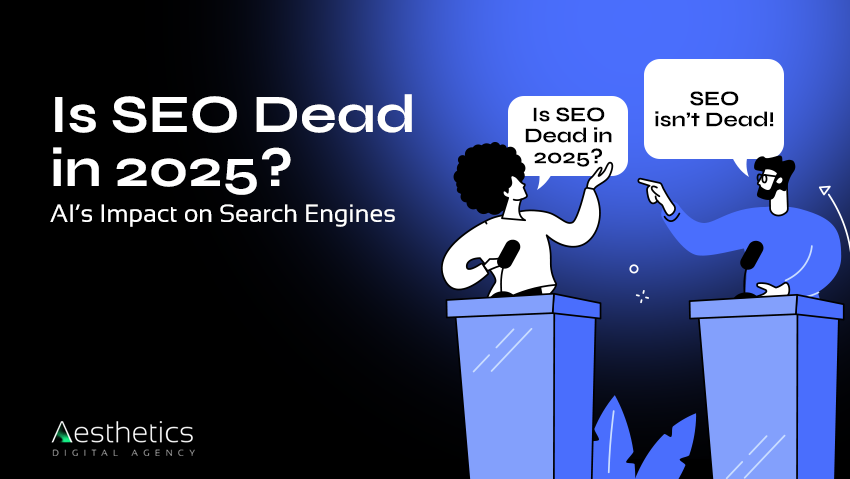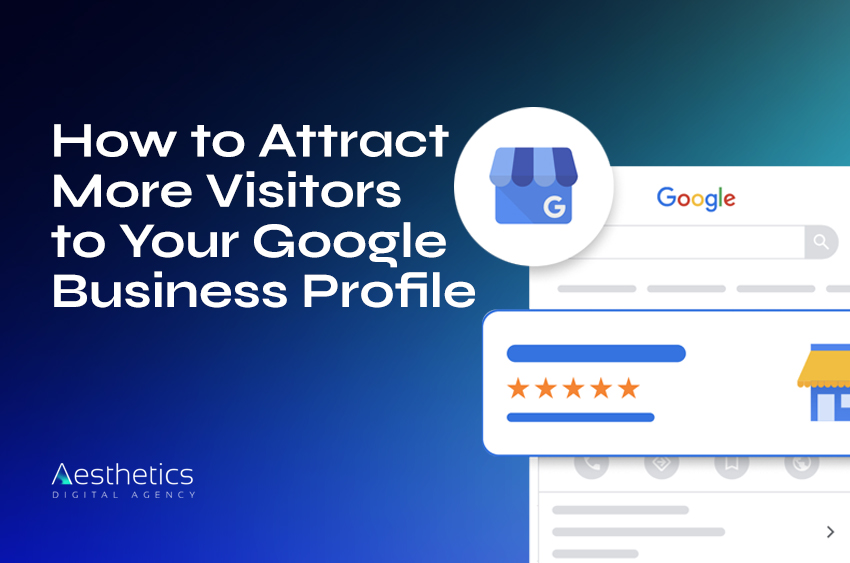
Why Are Your Website Visitors Not Converting into Customers?
You’ve spent a lot of time, money, and energy to create a beautiful and functional website for your online business. But there’s a problem: your website visitors are not buying anything. Why is that? And what can you do about it?
That’s where CRO comes in. CRO stands for conversion rate optimization, and it’s the process of improving your website to persuade more visitors to take the desired action, whether it’s buying a product, signing up for a newsletter, or contacting you for a quote.
In this article, you’ll learn:
- Why CRO is important
- What factors affect your conversion rate
- How to apply best practices to boost your online sales.
Why Your Website Visitors Aren’t Converting:
1. Lack of Clarity and Relevance:
Your website may fail to clearly communicate what you offer or how it solves the visitor’s problem. If users can’t quickly grasp the value proposition, they’re likely to bounce off. Ensure your messaging is concise, relevant, and addresses the pain points of your target audience.
2. Poor User Experience (UX):
A cumbersome navigation structure, slow loading times, or a cluttered layout can result in Website Visitors Not Converting. Optimizing UX design involves streamlining navigation, enhancing page load speed, and maintaining a visually pleasing layout to keep visitors engaged.
Learn UI/UX Principles for Designing Conversion-Driven Websites3. Insufficient Social Proof:
In today’s digitally connected world, consumers heavily rely on social proof to validate their purchasing decisions. Testimonials, reviews, case studies, and social media endorsements can significantly influence a visitor’s trust in your brand. Lack of such social validation might deter conversions.
4. Ineffective Call-to-Actions (CTAs):
Your CTAs play a pivotal role in guiding visitors towards desired actions. Vague or poorly positioned CTAs can confuse users or make it challenging for them to take the next step. Ensure your CTAs are prominent, action-oriented, and strategically placed throughout your website. Some most effective CTA s include:
- Subscribe
- Learn more
- Contact us
- Add to cart
- Sign up
- Check out
- Read more
5. Friction in the Conversion Process:
Complicated checkout processes, mandatory account creations, or excessive form fields can introduce friction and discourage users from completing their purchase. Simplify the conversion process by minimizing steps and offering guest checkout options to streamline the user journey.
6. Your Website Isn’t Mobile-Friendly
With over half of global web traffic originating from mobile devices, having a mobile-optimized website is paramount to delivering a seamless user experience and driving conversions. A poor mobile experience not only deters immediate conversions but also jeopardizes future interactions with your brand, as evidenced by a significant drop in the likelihood of future purchases.
Take a moment to browse your website on your mobile device, paying close attention to button functionality and form usability. Comprehensive testing across various devices, operating systems, and screen sizes is essential to ensure website responsiveness and mitigate bounce rates. This aspect should be highly concerning because Google reports that 53% of mobile users will abandon a website if it takes more than three seconds to load.
7. Your Landing Pages Are Detrimental
Landing pages serve as crucial touchpoints in the conversion journey, guiding users towards specific actions and objectives. However, cluttered landing pages with extraneous elements, such as navigation links, can dilute the intended focus and undermine conversion optimization efforts.
Studies have shown that removing navigation links from landing pages can significantly boost conversion rates of about 28%, underscoring the importance of a streamlined approach.
eliminating distractions and maintaining a clear call-to-action, strategic landing pages can effectively drive lead generation and conversion optimization.
8. Ignoring SEO
If you’re not focused on SEO, your website might not show up in search results. SEO helps your site get noticed. Without it, you won’t get much traffic or sales.
There are three types of SEO:
- On-page SEO: It’s about what’s on your website, like titles and content.
- Off-page SEO: This is about things outside your site, like links from other sites.
- Technical SEO: It’s about the technical stuff, like how fast your site loads.
SEO is important for your website’s future. It helps keep your traffic steady without needing to pay for ads.
Once you’ve handled on-page and technical SEO, you can try off-page SEO like getting links from other sites.
In navigating the complexities of website design, prioritizing intuitive navigation, mobile responsiveness, and streamlined landing pages can pave the way for enhanced user experiences and improved conversion rates.
Conversion Funnel Analysis to make you a top Website
1. Awareness:
At the top of the funnel, focus on creating valuable content, optimizing SEO, and leveraging social media to attract qualified traffic to your website. Educate and engage your audience with informative blog posts, videos, or webinars tailored to their interests and needs.
2. Interest:
Once visitors land on your site, captivate their interest by showcasing compelling product/service offerings, highlighting unique selling points, and providing solutions to their pain points. Use persuasive copywriting and visual elements to entice users to explore further.
3. Desire:
Stoke desire by presenting irresistible offers, limited-time promotions, or exclusive discounts that incentivize visitors to take action. Create a sense of urgency or scarcity to nudge prospects towards making a purchasing decision.
4. Action:
Facilitate seamless conversions by optimizing your website’s usability, streamlining the checkout process, and implementing persuasive CTAs. Remove any barriers or distractions that might hinder users from completing the desired action.
Conversion Rate Optimization Frequently Asked Questions
Q: How long does it take to see improvements in conversion rates?
A: The timeline for seeing tangible improvements in conversion rates varies depending on factors such as the current state of your website, the effectiveness of implemented strategies, and the level of competition in your industry. Typically, noticeable improvements may be observed within a few weeks to a few months of implementing optimization efforts.
Q: What metrics should I track to gauge conversion rate performance?
A: Key metrics to track include conversion rate, bounce rate, average session duration, click-through rate (CTR), and cart abandonment rate. By monitoring these metrics regularly, you can identify areas of improvement and fine-tune your optimization strategies accordingly.
Q: How do I determine the effectiveness of my CTAs?
A: Conduct A/B tests to compare different variations of your CTAs, such as wording, color, size, and placement. Analyze metrics such as click-through rate and conversion rate to identify which CTAs resonate best with your audience and yield the highest conversion rates.
In conclusion, the mystery behind why website visitors don’t convert requires a thorough understanding of user behavior, effective optimization strategies, and continuous experimentation. By addressing common pitfalls, implementing best practices, and refining your conversion funnel, you can significantly improve your website’s conversion rates and drive sustainable business growth.
Conclusion
Don’t let your website visitors slip away without converting. Don’t settle for low conversion rates and missed opportunities. Don’t let your competitors outperform you and take your market share.
Instead, use the power of CRO to transform your website into a conversion machine. Use the insights from user behavior, data analysis, and testing to create a website that meets the needs, expectations, and desires of your target audience. Use the principles of persuasion, emotion, and trust to create a website that motivates your visitors to take the action you want them to take. Use the process of iteration, evaluation, and improvement to create a website that delivers consistent and sustainable results.


